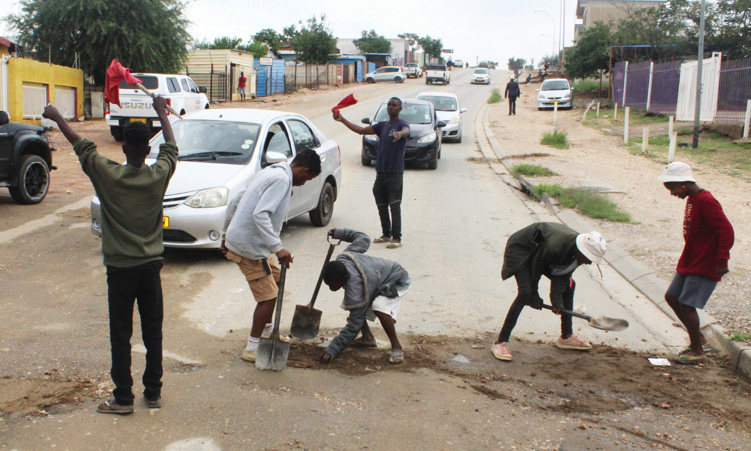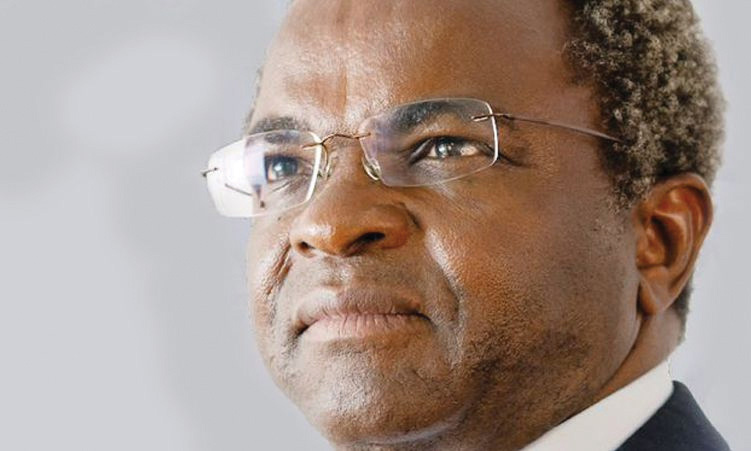THE number of multi-drug-resistant tuberculosis cases being treated in Namibia has risen to 245, which is a cause for concern, Health Minister Richard Kamwi told Parliament yesterday.
“These cases of multiple drug-resistant cases are a clear indication that it is only a matter of time before we will have extremely drug-resistant (XDR) tuberculosis in Namibia,” Dr Kamwi said in a ministerial statement to coincide with World TB Day today. “Given the large amount of 245 multiple drug-resistant TB cases, we may well find some XDR TB cases, which are incurable,” the Health Minister warned.Namibia has the highest TB incidence in the world after Swaziland, with 722 cases per 100 000 people.This translated into 15 244 cases reported by the end of last year.A third of the reported cases had an infectious form of tuberculosis that can be transmitted from person to person.The regions with the highest burden of TB cases per 100 000 people are Hardap, Erongo, Karas, Oshikoto, Caprivi and Khomas, Kamwi said.HIV-AIDS was a major individual risk factor for the development of TB, he noted.”Last year, 8 186 of the notified 15 244 TB patients were tested for HIV and 59 per cent of them tested HIV positive.Our current HIV prevalence of 19,7 per cent [of the population between 15 and 49] makes many who are living with HIV vulnerable to TB,” Kamwi added.”The current situation has the potential to erase all the gains made in controlling tuberculosis so far.”In Namibia, treatment for TB is free of charge and the health authorities have a 75 per cent cure success rate, although the target set by the World Health Organisation (WHO) is 85 per cent.”We are working around the clock to get there,” Minister Kamwi told the House.”Given the large amount of 245 multiple drug-resistant TB cases, we may well find some XDR TB cases, which are incurable,” the Health Minister warned.Namibia has the highest TB incidence in the world after Swaziland, with 722 cases per 100 000 people.This translated into 15 244 cases reported by the end of last year.A third of the reported cases had an infectious form of tuberculosis that can be transmitted from person to person.The regions with the highest burden of TB cases per 100 000 people are Hardap, Erongo, Karas, Oshikoto, Caprivi and Khomas, Kamwi said.HIV-AIDS was a major individual risk factor for the development of TB, he noted.”Last year, 8 186 of the notified 15 244 TB patients were tested for HIV and 59 per cent of them tested HIV positive.Our current HIV prevalence of 19,7 per cent [of the population between 15 and 49] makes many who are living with HIV vulnerable to TB,” Kamwi added.”The current situation has the potential to erase all the gains made in controlling tuberculosis so far.”In Namibia, treatment for TB is free of charge and the health authorities have a 75 per cent cure success rate, although the target set by the World Health Organisation (WHO) is 85 per cent.”We are working around the clock to get there,” Minister Kamwi told the House.
Stay informed with The Namibian – your source for credible journalism. Get in-depth reporting and opinions for
only N$85 a month. Invest in journalism, invest in democracy –
Subscribe Now!










